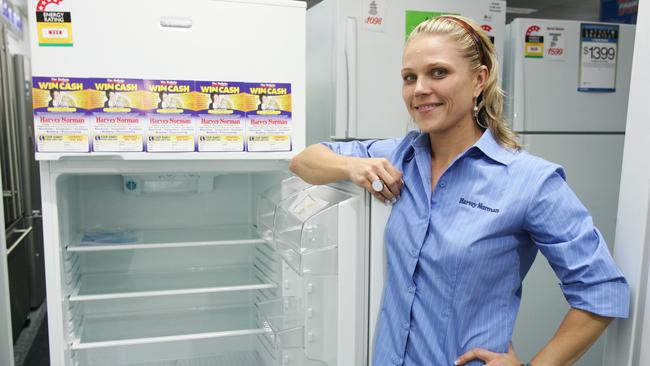Panic-buying struck whitegoods in same way as toilet paper, pasta
It wasn’t only toilet paper, rice and pasta shoppers were panic buying in April and May, whitegoods were also top sellers.

It wasn’t only toilet paper, rice and pasta shoppers were panic-buying in April and May. As Gerry Harvey looked over the sales figures for his stores from New Zealand to Slovenia he noticed consumers grabbing for the same items, in the same order, as the coronavirus pandemic spread.
“They started with us on freezers, and we sold out of every freezer we had in the country, and then it moved to whitegoods, so they were buying refrigerators and washing machines because they thought maybe the shops would be closed,” Mr Harvey told The Australian.
“Then it moved to TVs and then furniture and bedding. So you had this movement and it was interesting because we are in eight countries and the same things happened in every country.
“It was like the toilet paper thing. Why? We were trying to work out the customer psychology, and when we sold out of freezers, in every other country in the world the same thing was happening.
“Why freezers, then to whitegoods, TVs and after that furniture and bedding? So from our point of view, or from an analyst point of view, trying to work out how the consumer mind works and looking at it, it was the same in every part of the world. We are in Slovenia, Croatia, the same thing happened as Australia.
“Malaysia and Singapore, all the same, the crowd psychology was the same in the world situation and I just wonder if it would have been the same 100 years ago.”
However, a series of lockdowns and strict regulations over mobility in Europe and Asia saw many Harvey Norman stores closed between late March to April, forcing many of those regions into shrinking sales.
Particularly tough restrictions in Northern Ireland triggered a 38.2 per cent slide in sales for the second half to date and Singapore sales are down 21.7 per cent.




To join the conversation, please log in. Don't have an account? Register
Join the conversation, you are commenting as Logout